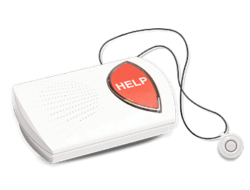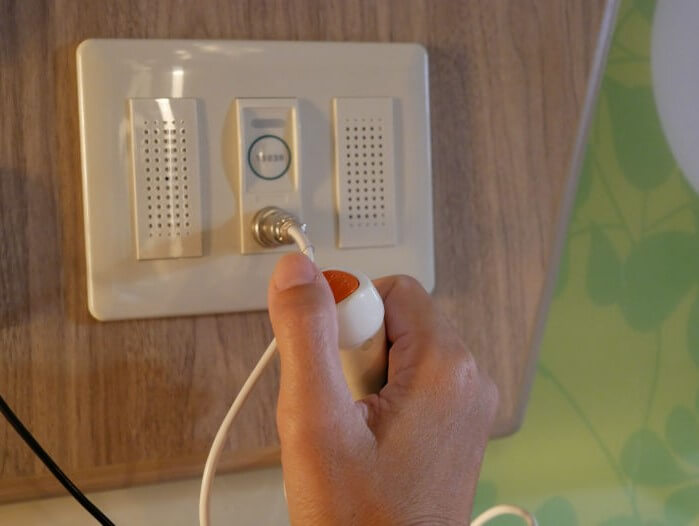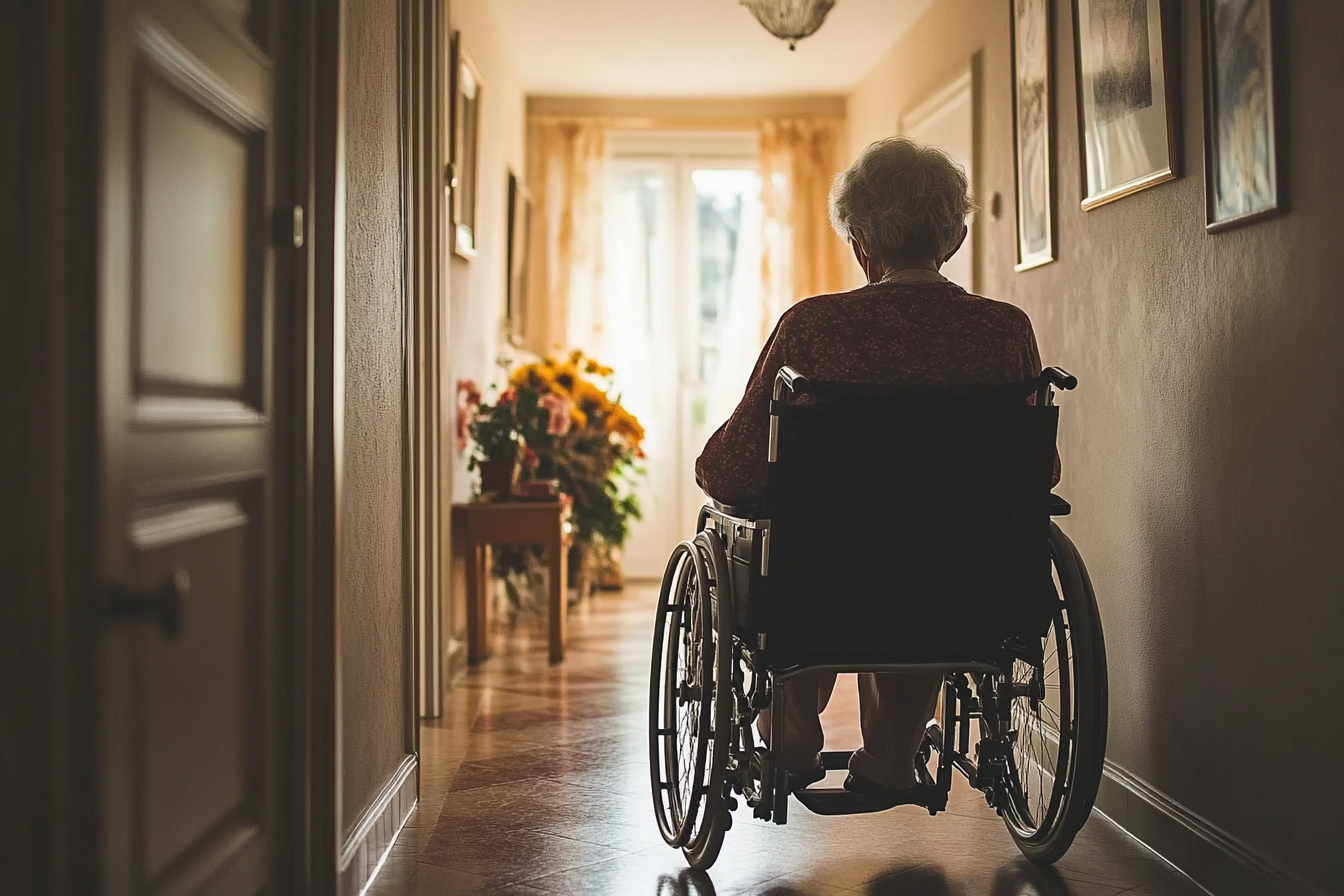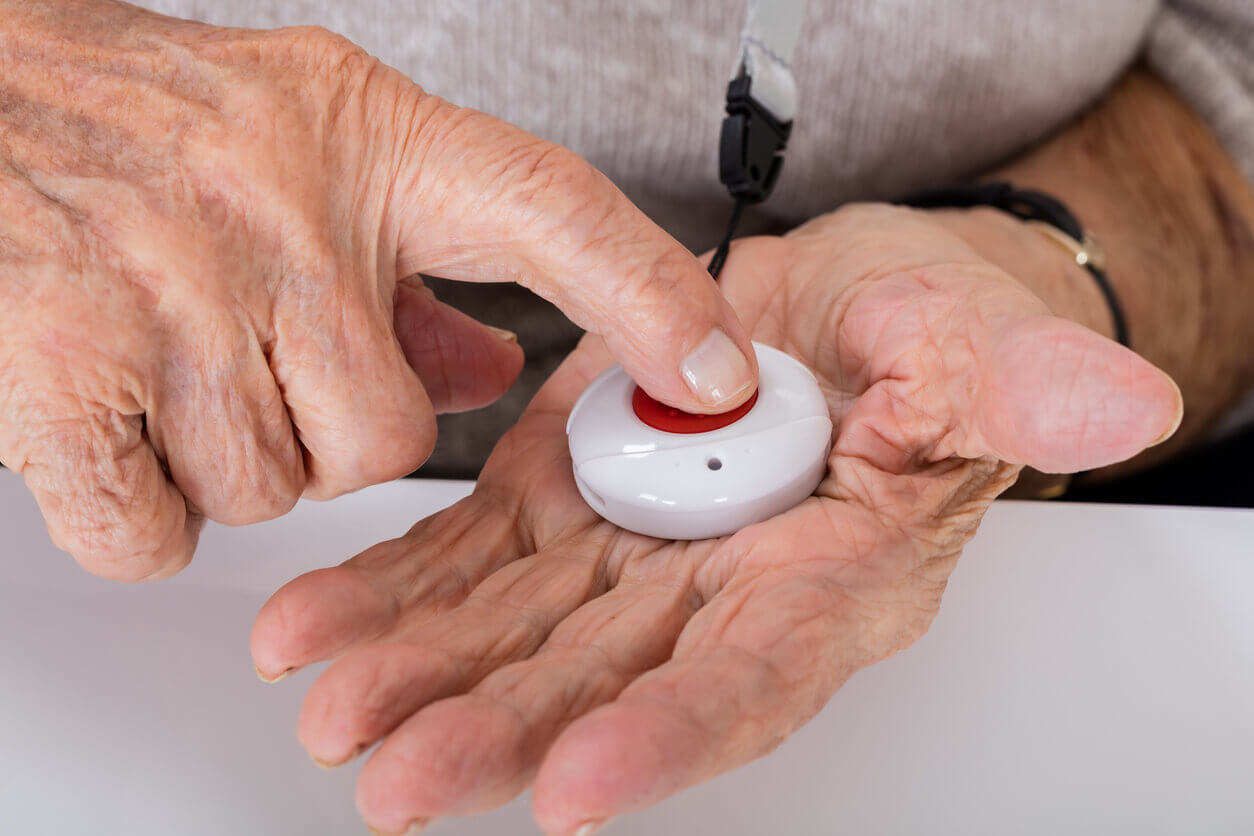Medical Alert Systems
Medical alert systems provide a critical line of support for seniors, individuals with disabilities, and anyone living alone who may need emergency assistance. These systems are designed to ensure help is always just a button press away, helping individuals stay safe while maintaining their independence. With a combination of wearable devices, home base units, and GPS-enabled mobile systems, modern medical alert technology is more accessible and adaptable than ever.

What Is a Medical Alert System?
A medical alert system is a device or network of devices designed to summon help quickly in the event of a medical emergency. These systems are most often used by seniors or people with health conditions that increase the risk of falls or other urgent incidents. Medical alert systems may include wearable components like bracelets or pendants, in-home base stations, or mobile devices equipped with GPS.

Wearable devices are typically lightweight, waterproof, and designed for 24/7 use. Base units are often equipped with two-way communication features, enabling users to speak directly to emergency operators. The goal is to make emergency assistance both fast and easy to access, whether the user is at home or on the go.

How Does a Medical Alert System Work?
Most medical alert systems follow a similar process when activated:
- Emergency is Detected: The user presses a button on their wearable device or a fall is automatically detected.
- Signal Is Sent: The device communicates with a base station or mobile network, sending an alert to a monitoring center.
- Assessment Begins: A trained operator connects with the user through two-way audio, if available, to assess the situation.
- Help Is Dispatched: The operator contacts emergency services or designated family members based on the severity of the situation.
Some systems are monitored 24/7 by professionals, while others are unmonitored and notify pre-set emergency contacts only.
Frequently Asked Questions
What Are the Different Types of Medical Alert Systems?
Choosing the right medical alert system starts with understanding the different types:
- In-Home Systems: Designed for users who primarily stay at home. These systems connect via landline or cellular networks and include a base unit with a wearable button.
- Mobile Systems: Ideal for active individuals. Mobile units work anywhere with a cellular signal and often include GPS tracking, making them perfect for use outside the home.
- Monitored Systems: These include 24/7 access to a professional monitoring center that dispatches help as needed. They offer peace of mind but come with a monthly service fee.
- Unmonitored Systems: Instead of connecting to a call center, these systems alert friends, family members, or 911 directly. They are typically more affordable and may have no ongoing fees.
Other Types
- Smartwatch-Style Devices: Some modern medical alert systems are built into wearable smartwatches with features like health tracking and communication apps.
- Voice-Activated Systems: These can be activated by voice command rather than button press, useful for individuals with limited mobility or dexterity.
Frequently Asked Questions
Choosing the Right Medical Alert System for Your Needs
A medical alert system can empower you to live in your home happily and independently. Be sure to explore our guide on how to choose the best medical alert system and provider for your needs. When exploring medical alert systems for seniors, it may be worthwhile to consider other home accessibility modifications at the same time, such as a stairlift or walk-in tub.

Selecting the right system comes down to lifestyle, health concerns, and budget. Key considerations include:
- Lifestyle: Homebound individuals may prefer an in-home system, while active users benefit from mobile GPS features.
- Health Status: Seniors with fall risks should prioritize devices with automatic fall detection.
- Support Needs: If 24/7 emergency support is important, opt for a monitored system.
- Budget: Monthly costs vary by system type and features. Consider equipment fees and service plans.
Consulting a professional can help you compare brands, understand feature differences, and find a system that fits your needs.
Frequently Asked Questions
Topics to Explore
Medical Alert System Features and Options
Medical alert systems range in performance and abilities, based on the type, make and model. Homeowners or loved ones can pick and choose a specific alert system that best matches the homeowner’s needs and situation. Below we outline a few common options and features for medical alert devices and how they work.
Wearable Devices
The most basic medical alert system consists of a wearable signaling device, such as a bracelet or pendant. Other options include necklaces, keychains and watches, allowing discreet, yet secure options for any situation.
The wearable medical alert device will have a button that the wearer triggers in an emergency situation. The device sends a signal to a base station in your home, a portable cellular base unit, or an in-vehicle system depending on which system you choose.
Medical alert bracelets often include fall detection sensors and GPS data, in case the person wearing it is unable to communicate their injury on their own. GPS data also allows families to keep track of a loved one and their status.
When activated, the base unit or console connects to a monitoring center that is staffed 24/7, day and night, with local medical professionals. Help can be dispatched as necessary and ambulances can be on their way to your home in minutes.
Two-Way Communication
Some base units also include voice-activated speakers and microphones to allow two-way communication between the user and emergency services. This can be especially valuable if an accident or injury occurs, and the user cannot get up to make a phone call.
Call center operators can summon first responders or designated family members to your residence as well as stay in touch with you until help arrives.
GPS Technology
Many medical alert devices include location data technology and GPS accessibility with live monitoring systems. Essential for mobile users, GPS helps caregivers or emergency responders locate someone in distress.
Particularly for mobile systems and users who may wander or get lost, having GPS data will help emergency responders or family quickly locate a person, even if they do not know where they are themselves.
Fall Detection
This popular feature is typically available as a wearable device or button, to help with medical emergencies involving a fall. The system will recognize a fall instantly and ask the person if assistance is needed. If there is no reply, they will automatically send for help.
This is particularly crucial for situations where a fall leaves the the subject out of arm’s reach from a button to push for help or unconscious. Keep in mind that fall detection is often an add-on feature that comes with an additional monthly fee.
Waterproof Devices
Slips and falls can often happen in scenarios where a phone is not handy, like the in the shower or tub or by the pool. A waterproof medical alert bracelet can be worn at all times, so you do not have to worry whether the user has taken off their bracelet.
A waterproof medical alert bracelet can be very useful should a medical emergency happen while in that particular situation.
Frequently Asked Questions
How to Maintain Your Medical Alert System
To ensure your system performs as expected in an emergency, regular upkeep is essential:
- Test your system monthly by pressing the alert button.
- Charge wearable devices as recommended.
- Clean the device and base unit regularly.
- Review and update emergency contact lists.
- Monitor battery life and replace batteries as needed.

Frequently Asked Questions
How Much Does a Medical Alert System Cost?
The cost of a medical alert device and service typically involves a one-time fee for equipment and setup and monthly costs for services. Recurring monthly fees can range between $20 and $100 per month, depending on the features you choose. For instance, monitored services require a monthly fee for the convenience and added safety of 24/7 on-call emergency personnel. Unmonitored medical alerts will cost you less.
The cost of a medical alert system depends on the type of system, features included, and whether it is monitored. On average:
- Basic unmonitored systems may start at $20/month.
- Monitored systems typically range from $30 to $60/month.
- Fall detection and GPS features may add $5 to $15/month.
- One-time equipment or activation fees may range from $50 to $150.
Mobile systems with advanced features are generally more expensive, while simple landline-based options remain the most affordable. Bundling services can sometimes reduce the overall monthly rate.
Frequently Asked Questions
Topics to Explore
Common Issues and Troubleshooting Tips for Medical Alert Systems
- Device Won’t Charge: Check the power connection and clean charging contacts. Replace charger if faulty.
- False Alerts: Can happen with fall detection. Notify the call center immediately if triggered by mistake.
- Low Signal Warnings: Move the base unit or mobile device to a location with stronger reception.
- Delayed Response: Test your system. If delays persist, contact your provider to troubleshoot network issues.
- Battery Draining Quickly: Ensure you’re using the correct charger and that the device is not exposed to extreme temperatures.
Frequently Asked Questions
Setting Up a Medical Alert System
After setting up your medical alert system, take the following steps to ensure it’s working correctly and that everyone is informed:
- Test the system to confirm the alert button works and connects to the monitoring center.
- Review the warranty and register your device if required.
- Create or update emergency contact lists and verify contact preferences.
- Train the user on how and when to use the device, including voice commands if applicable.
- Set up routine maintenance reminders for testing, cleaning, and charging.
- Keep support contact info nearby in case of technical issues.
Frequently Asked Questions
Ready to get your project started?
Let us find the best Medical Alerts pros in your area, then easily request quotes, book a contractor, and get the job done. It's that easy.

Homeowner Resources
Here are the top articles that homeowners found useful when planning their Medical Alerts project and navigating the contractor hiring process.

Real Stories, Real Success
See how our solutions empower homeowner projects and experiences.



